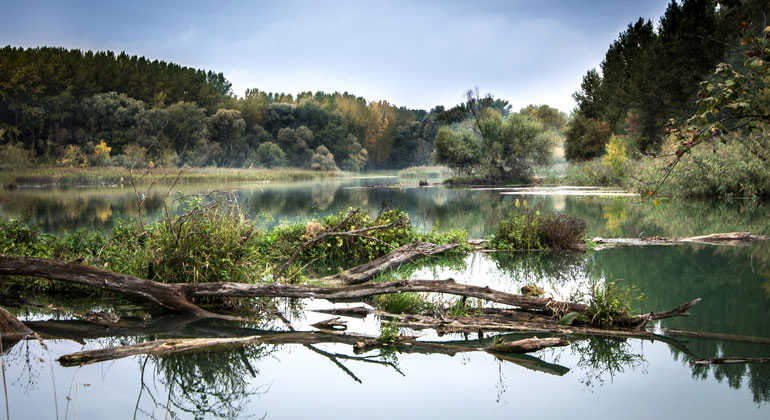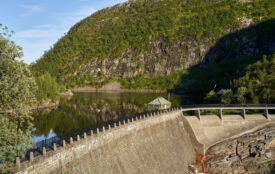Danube: Plastic free from the source to the mouth
Awareness of a clean Danube has increased in the last years in all neighbouring countries.
Keeping the river clean is in the meantime a common European concern and finds its expression also in the European strategy for plastics. Within the cross-border project PlasticFreeDanube viadonau is committed together with Austrian and Slovak partners to a comprehensive investigation and sustainable solutions in order to avoid plastic pollution in the Danube. In this regard the first meeting with national and international strategic partners took place on January 24th 2018 in Hainburg, Lower Austria.
Synthetic materials are among the most diverse materials ever and are part of almost all sectors of our daily life. The great success of plastics as a source for all purposes at the same time creates problems regarding plastic waste and its disposal – also in and along the Danube. A study of the Austrian Environment Agency from 2015 calculated the plastic load amounts in the Austrian Danube up to 40 tons per year. About 90 per cent of the plastic particles in the Danube River are emitted by diffuse sources like littering, fragmentation and transport by wind, run-off from sealed surfaces (e.g. roads, parking spaces etc.), construction activities etc. The remaining 10 percent originate from industrial activities such as production processes, conversion and transport. While some fractions of the plastic waste get stuck and pollute the riverbanks – especially in the area of hydropower plants – a bigger part of the plastic waste is transported by the Danube until the Black Sea. Thus, rivers act as considerable distributors for the increasing plastic pollution of the oceans and the growing islands of floating plastic waste.
Profound and reliable data are essential for effective measures. Hence PlasticFreeDanube focuses on extending the knowledge about sources and transport behaviour of macro plastic (> 5 mm) in the Danube River and its environmental impacts. Standardised methods to monitor and evaluate pollution by macro plastic shall be developed which should then lead to pilot measures and finally to an action plan against plastic pollution in and along the Danube. Important starting points are thereby capacity building and awareness raising activities of the project.
The bilateral project PlasticFreeDanube is implemented by five partners from Austria (i.e. University of Natural Resources and Life Sciences, Vienna (BOKU) – Institute of Waste Management (ABF) & Institute of Water Management, Hydrology and Hydraulic Engineering (IWHW), viadonau, Donau-Auen National Park) and Slovakia (i.e. Repanet, o.z. and PI SAS – Polymer Institute of the Slovak Academy of Sciences) and 17 strategic partners.









